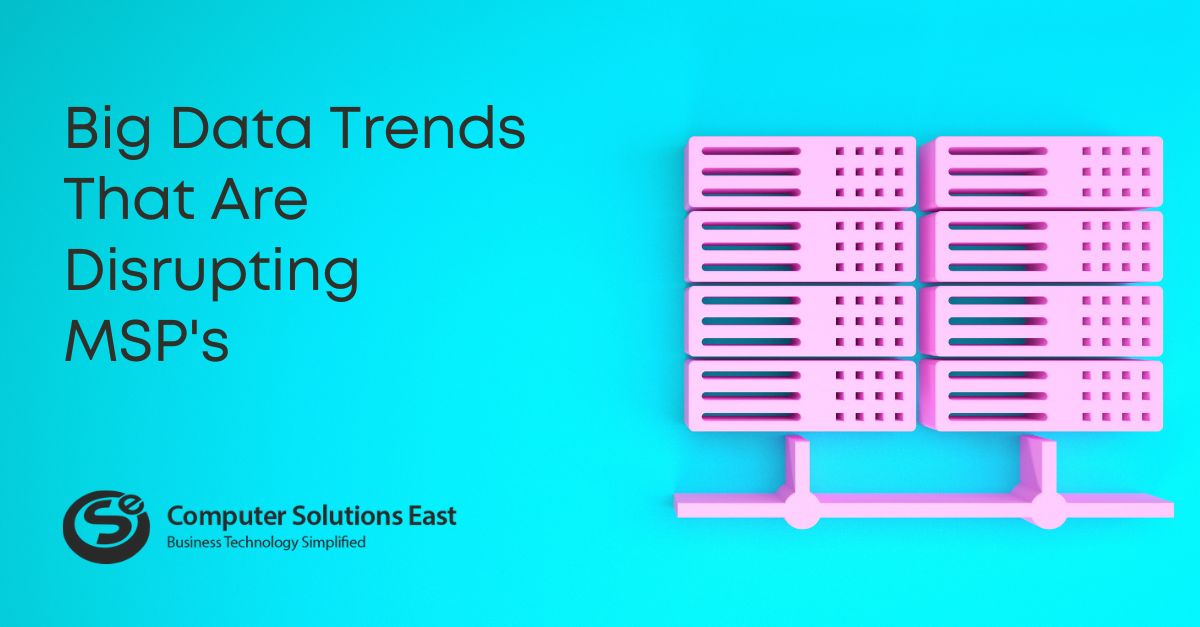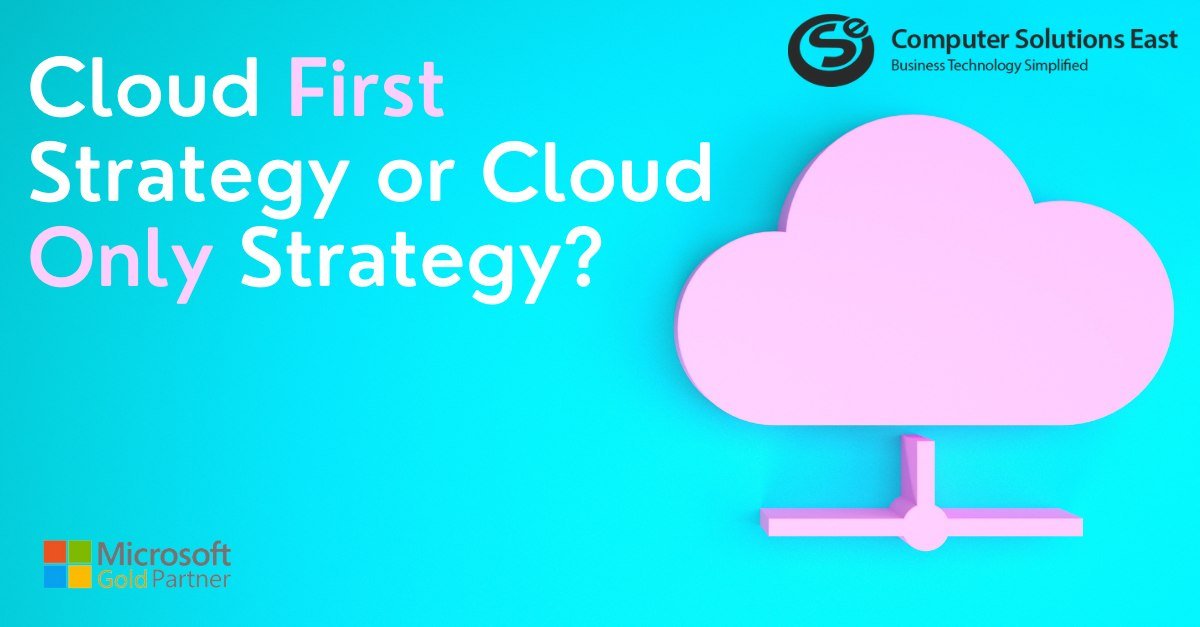I have rebrand myself. Check out my new names, Microsoft Security!
Microsoft, in its Ignite event last week, took the occasion to rebrand its enterprise security solutions for premises and cloud environments, mostly by putting “Microsoft Defender” on their names.
In coincidentally, Microsoft Defender is also the name of the anti-malware software that comes with Windows 10 client systems. It was called “Windows Defender” and “Windows AntiSpyware” even before that, but its ancient history.
Last week’s announcement pertains to Microsoft’s enterprise security products to secure desktops and apps in organizations. Those products offer capabilities beyond providing simple anti-malware protection. They get used for things like tracking attack campaigns and post-breach analyses.

Security Product Name Changes
Here are those new enterprise security product name changes, per an announcement by Rob Lefferts, corporate vice president for Microsoft 365 security:
- Microsoft 365 Defender (previously Microsoft Threat Protection).
- Microsoft Defender for Endpoint (previously Microsoft Defender Advanced Threat Protection).
- Microsoft Defender for Office 365 (previously Office 365 Advanced Threat Protection).
- Microsoft Defender for Identity (previously Azure Advanced Threat Protection).
It’s maybe helpful to note that Microsoft 365 Defender (formerly “Microsoft Threat Protection”) has been Microsoft’s most inclusive top-of-the-line enterprise security product for securing on-premises infrastructures. Licensees get access to the following components:
- Microsoft Defender for Endpoint (formerly “Microsoft Defender Advanced Threat Protection”), which is used to protect endpoints and enable post-breach inspections.
- Microsoft Defender for Office 365 (formerly “Office 365 Advanced Threat Protection“), which is used to protect e-mail and collaboration applications from malicious attachments and links.
- Microsoft Defender for Identity (formerly “Azure Advanced Threat Protection”) identifies threats due to compromised identities or malicious insiders.
- Microsoft Cloud App Security is used to add protections to software-as-a-service applications.


